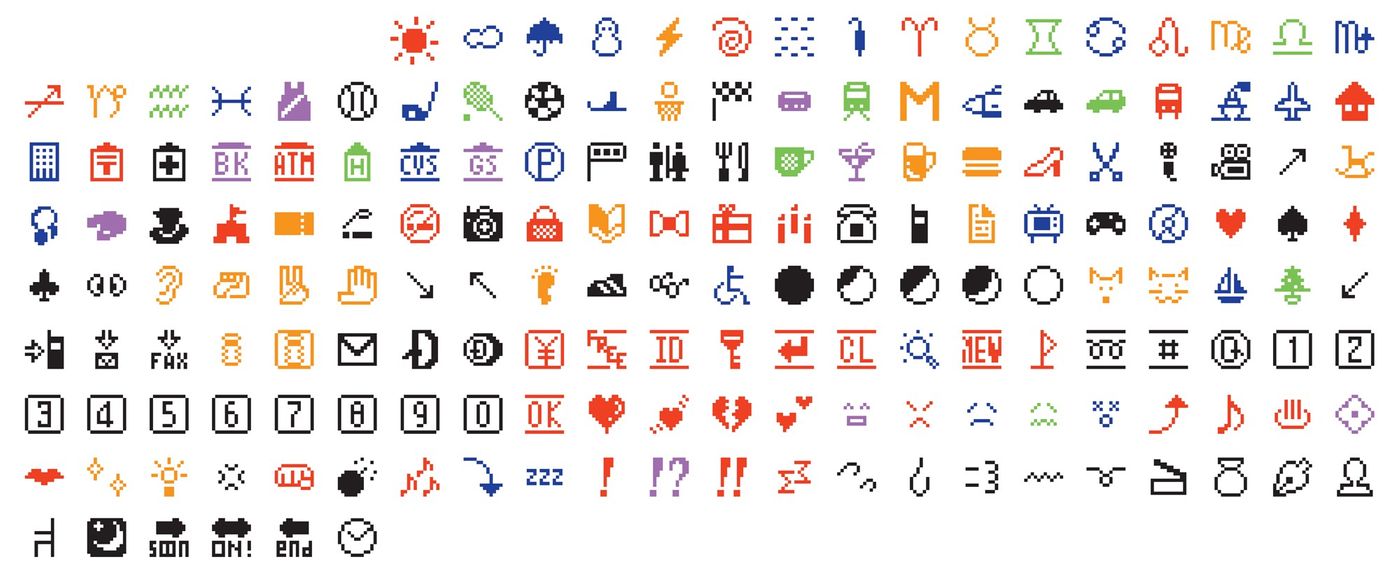Where Did Emojis Come From?
In 2017, we use emojis everywhere -- in social media, messaging apps and emails
Shigetaka Kurita, an employee of Japanese mobile phone company NTT DoCoMo, invented emojis in 1999. Kurita helped NTT DoCoMo to build the first mobile internet platform, called "i-mode," which was novel in that it integrated news, email, entertainment and weather. At this time, Japanese cellphone LCD screens were rather small and only held 48 letters. So, emojis were developed as a means of compact communication and also because Kurita wanted to develop a more expressive and varied means of phone messaging and communication, as he explains to Storify:
"Everything was shown by text. Even the weather forecast was displayed as 'fine.' When I saw it, I found it difficult to understand. Japanese TV weather forecasts have always included pictures or symbols to describe the weather—for example, a picture of sun meant 'sunny.' I'd rather see a picture of the sun, instead of a text saying 'fine.’"
He developed the first 176 emojis on paper, which were 12 x 12 pixels and included smiley faces, cars and astrological 
Emojis spread and evolved throughout Japan in the following years and in 2010, a set of emoji characters were adopted by Unicode, the consortium that creates uniform computing standards and communication methods worldwide. In 2011, Apple officially offered international emoji support with the iOS 5 release, greatly boosting their usage around the world. In 2013, Google added emojis to the official Google keyboard app and its Android OS. Many non-standard sets of emojis and emoji apps have also been created since 2000.
Like any form of communication, emojis are both a tool and a representation of the cultures that use them. Apple and Unicode have worked to make the emoji set more multicultural and inclusive of all people as hundreds of new images are released in waves. Symbols showing races, religions and sexual orientation were added along with emojis embracing gender diversity in various careers.
In 2015, Apple added a feature that allowed users to hold down an emoji with human images or body parts and then choose between six skin tones. The six choices are based on the “Fitzpatrick Scale.” Thomas Fitzpatrick created it in 1975 to measure how different shades of skin react to the sun’s UV rays. In 2017, Felice León of The Root surveyed people with varying colors of skin about how they choose an emoji tone as well as how they feel about the range of choices available.









